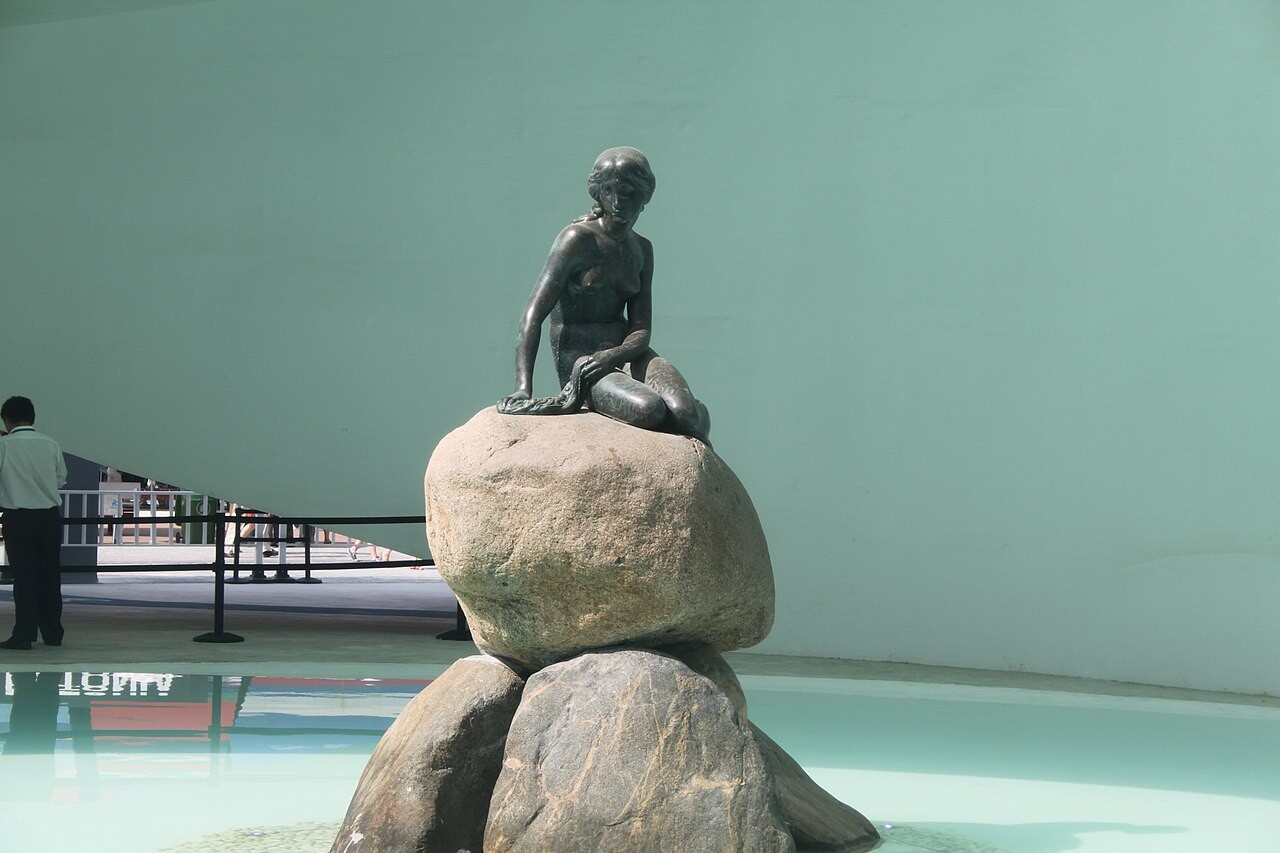When a company is basically linked one-to-one with the entire idea of “imagination,” you’d think that they would support, above all else, new art. It’s probably incalculable how many young creatives were inspired by the work of Disney, especially animators and artists. The problem is, if they reach for the stars, and achieve their dreams, like the protagonist of a Disney movie, they may end up in court with the exact company that put them on that path.
Suing Deadmau5
Finding an example of aggressive trademark litigation from Disney is like finding hay in a haystack. So to keep this from turning into an inches-thick list of legal cases, let’s just look at a particularly high-profile one. This was the case between music producer Deadmau5, who famously wears a big mouse head on stage, and Disney, who have an extremely prominent mouse of their own.
On its oversized head, it doesn’t seem like a particularly strong case. Outside of having big round ears, all but the most nearsighted concert attendees aren’t confusing Deadmau5 or his merch for a Disney product. What you have to remember is that even winning a slam-dunk case involves entering a legal battle with the Walt Disney Corporation. You might be right, but do you have enough money to prove it? They fought Deadmau5 after he tried to trademark his own logo, despite the fact that they’d worked together a number of times, meaning they were certainly aware of his well-established brand. Nevertheless, he (probably wisely) chose to settle.
Pseudo-Control of Public Domain Properties

You probably know that a lot of Disney’s most famous properties are based on old stories. You can find plenty of writing comparing their bubbly take on The Little Mermaid to the much darker original Hans Christian Andersen tale. It’s a clever move, too, because by using classic tales that have entered the public domain, you’ve got a guaranteed banger without having to pay any creator a cent. The thing is, once Disney lays claim to a public domain character and pumps out their portrayal, suddenly it feels like they’ve owned that same story forever.
Take The Little Mermaid. The original story was published in 1837, meaning it is deeply, thoroughly in the public domain. Theoretically, if someone wanted to make and release a modern Little Mermaid movie right now, they would be completely within their rights to do so. Regardless, I don’t think there’s anyone that, if they saw a new Little Mermaid trailer without a Disney logo at the end, would think there was any realistic way it would ever hit theaters after poking the world’s most litigious bear (mouse?). Be assured, if even a single frame of your film has a whiff of the Disney version, you’re going to get sued down to the atomic level. For example: A.A. Milne’s Winnie the Pooh is public domain, and you’re free to use him in anything you like. However, if you, by chance, show him wearing a red shirt at any point? You might as well declare bankruptcy right now.
Copyright Lobbying to Keep It That Way

Even with a legal arm that looks pulled from a Russian arm-wrestling competition, Disney is still constantly lobbying for more legal protection. They might be masters at working around public domain law, but they’d still like as much time as possible before working their famous magic. For a long time, properties copyrighted by a corporation were allowed to keep that status for 75 years before they entered the public domain. Plenty of time to get your bag, you would think.
Disney, however, sure would have liked to keep their properties, especially one famous mouse, under legal lock-and-key for longer. They, along with other corporations with a lot to gain from extended ownership, have been lobbying the living shit out of Congress to extend public domain rights for decades. So much so that some refer to the 20-year extension they received in 1998 as the “Mickey Mouse Protection Act.” It’s back in the news now with the time finally running out, specifically on the black-and-white, naval early version of Mickey known as Steamboat Willie.
Look, it’s understandable why Disney doesn’t want Etsy flooded with legal Mickey Mouse T-shirts, but the problem is that this act applies to an immense amount of copyrights, locking up untold amounts of media from artists. Hear more about it from someone with more hair than me here.
Sneaky Show Renaming

You might think that you’re under Disney’s protection if you reside inside the House of Mouse. Shaken world incoming: not if they can make more money by bending you over a barrel. The creators and crew who’ve worked to actually produce the very content that’s stirring the collective imagination are learning that the hard way through Disney’s newest legal origami, a bit of creative accounting achieved through questionable “reboots.”
Ever wonder why some TV shows get a new name, despite the fact that they seem functionally identical? Look into some of the world’s fattest Excel documents, and you’ll start to see a possible reason, related to one of Disney’s least favorite things: workers’ unions. Specifically, that IATSE union crew workers’ full benefits kick in after they work on a show for three seasons. Start work on Daredevil Season Four, for example, and you’re in line for a nice clutch of vacation days, among other things. Start work on Season One of Daredevil: Born Again, the immediate successor to the third and COMPLETELY coincidentally final season of Daredevil? All your meters spin back to zero. It’s distasteful enough that the showrunner of the series in question said it “smacks of wage theft,” I assume after overturning a barbecue grill.
Refusing A Child’s Headstone Design

Disney loves kids! They exist to fill their lives with wonder and carefully shaped pancakes, right? So knowing that they, through Marvel, had provided a terminally ill 4-year-old great amounts of joy through his absolute favorite superhero, Spider-Man, should be enough to bring a tear to even the gruffest CEO’s eye. A boy named Ollie Jones, who passed away at a young age from a rare disorder known as leukodystrophy, was such a massive Spider-Fan that his family looked to include his hero on his headstone. They were met with the one-two punch of a funeral home informing them they couldn’t do so without Disney’s permission, which was promptly denied. Their argument seemed to be that they didn’t want the character, who was literally created by the murder of his uncle, associated with death.
Eli Yudin is a stand-up comedian in Brooklyn. You can follow him on Twitter and Instagram at @eliyudin and listen to his podcast, What A Time to Be Alive, about the five weirdest news stories of the week, on Apple Podcasts, Spotify or wherever else you get your podcasts.

